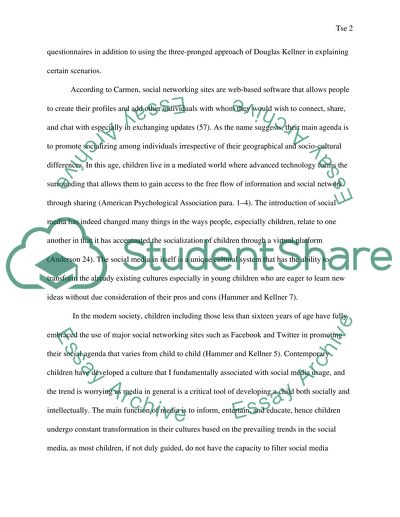Cite this document
(“Role of Social Networking Sites in the Lives of Contemporary Youth Essay”, n.d.)
Retrieved from https://studentshare.org/journalism-communication/1482829-role-of-social-networking-sites-in-the-lives-of-contemporary-youth
Retrieved from https://studentshare.org/journalism-communication/1482829-role-of-social-networking-sites-in-the-lives-of-contemporary-youth
(Role of Social Networking Sites in the Lives of Contemporary Youth Essay)
https://studentshare.org/journalism-communication/1482829-role-of-social-networking-sites-in-the-lives-of-contemporary-youth.
https://studentshare.org/journalism-communication/1482829-role-of-social-networking-sites-in-the-lives-of-contemporary-youth.
“Role of Social Networking Sites in the Lives of Contemporary Youth Essay”, n.d. https://studentshare.org/journalism-communication/1482829-role-of-social-networking-sites-in-the-lives-of-contemporary-youth.


